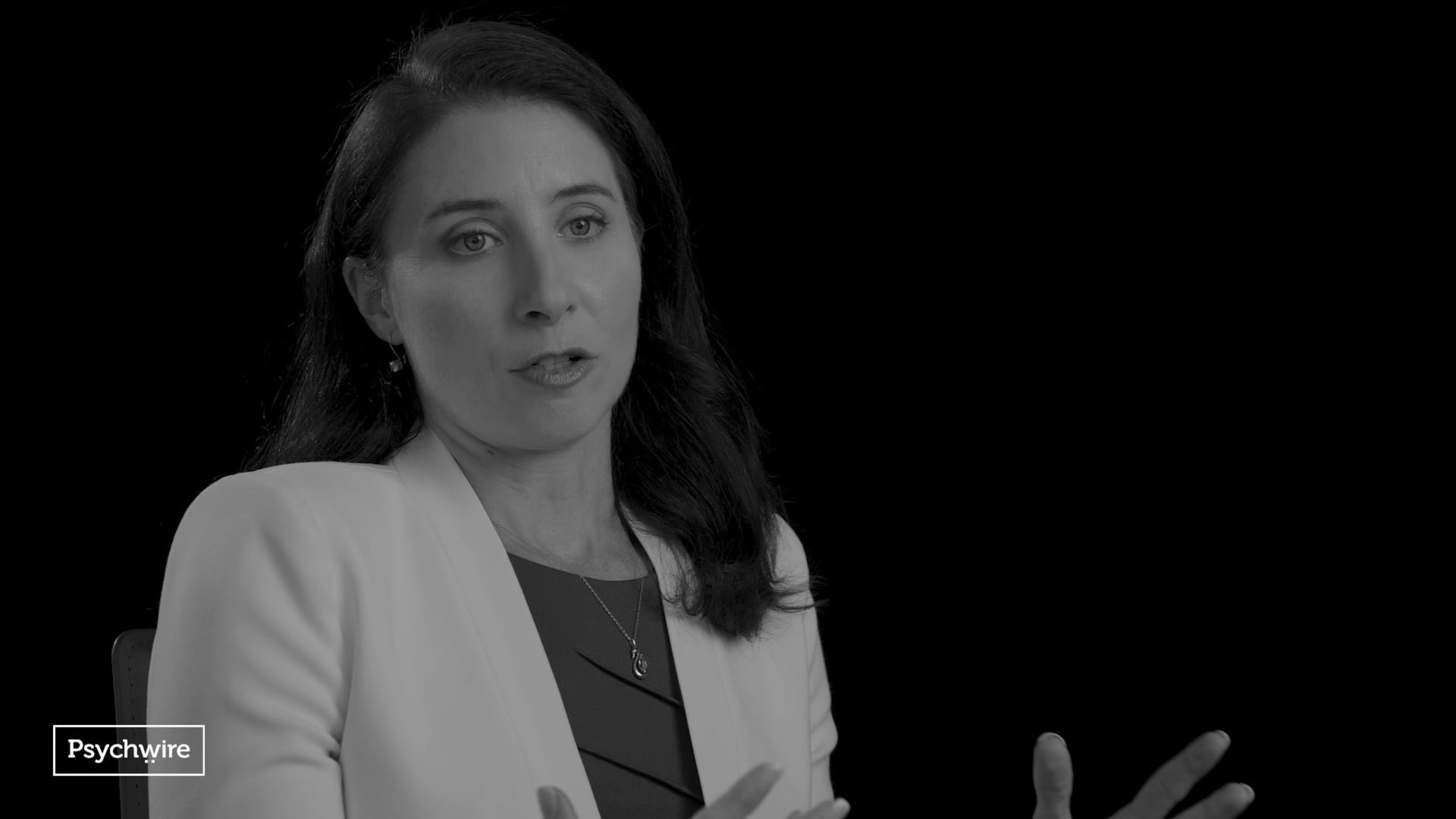
Exposure Therapy
 CBT for Anxiety Disorders
CBT for Anxiety DisordersAt the very beginning of my career, it was taboo... To put people in a situation where they might experience strong. It was thought to be extraordinarily dangerous. Exposure therapy generally is safe and effective way of helping people overcome fear. The vast majority of people actually get better with exposure. From a behavioral perspective, the fact that something is difficult is actually a reason to do it, not a reason not to do it.
It's really important that clients understand the goal The goal is not distress reduction. The goal is new learning, learning a new non-threatening association, learning that I can tolerate being uncomfortable. What we're doing with CBT is helping people confront what they're scared of but in a therapeutic manner so that something changes. I tell patients very often. It may feel like it gets worse for it gets better, and that's okay.
That means we're getting at what we need to get at. It's a good sign. It may not feel great, but it's also gonna be temporary. Their full body reaction is saying this is unacceptable and unsafe and you need to get out of this situation as soon as possible. The good news for CBT clinicians is that we can get in there and help interrupt that avoidance process. And we do it in a way that's hierarchical or gradual by the time folks have established low and medium level exposures, many of them are just ready and willing to get rid of those high level exposures and to get to that last bit of symptom.
There are myths about exposure therapy that persist even to this day. Exposure therapy makes things blow up. There's no evidence to suggest that exposure therapy makes anxiety worse, exposure therapy makes it clearly better. There's a rise in anxiety followed by a decrease in anxiety, and that happens time and time again. Ooh! we're gonna expose people to the things they're afraid of to such a degree that they're gonna lose control.
They'll have a psychotic break. They're gonna have panic run out and leave and never come back, and we're gonna leave them at a worst and heightened state of emotion and upset. And the truth of the matter is we meet the patient where they are. We're not gonna throw them in the deep end of the pool. We're gonna wade into it, and we're gonna wade into it together as much as we can so that they learn how to swim in this situation. Putting them in a situation that makes them distressed is the most helpful, because they learn they can manage.
Those therapists who are effective overcome their concern about the exposure. Once they do it, it's empowering for the therapist. They get better at exposure over time.